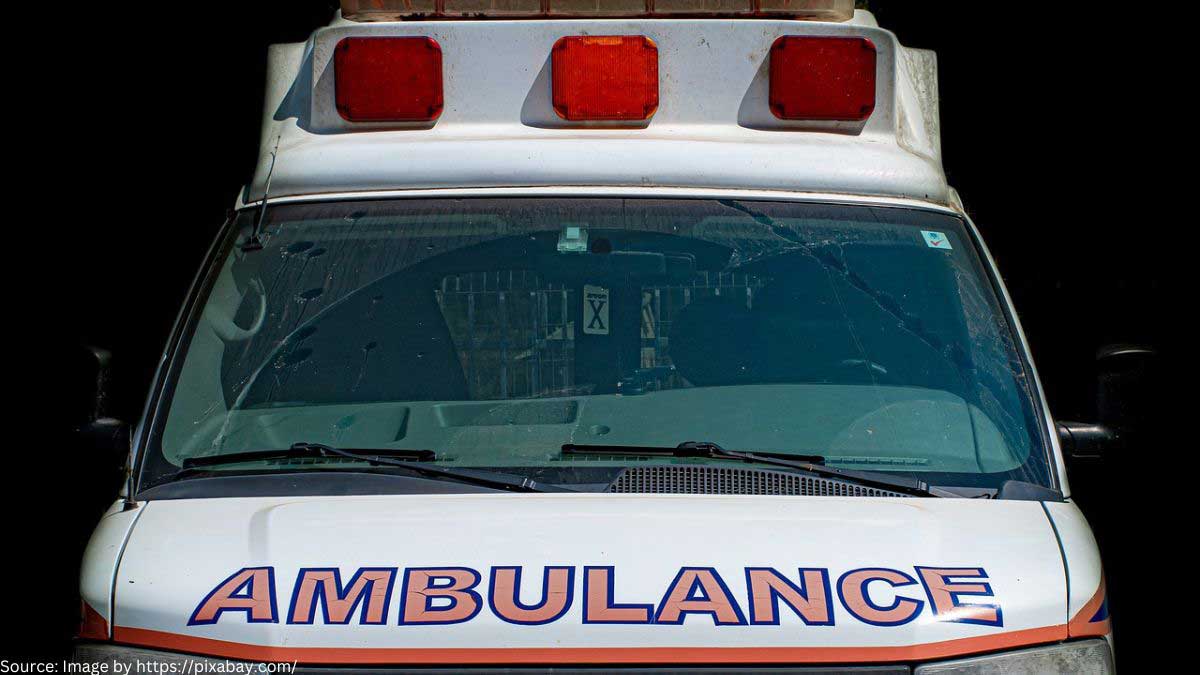The facts of your case will determine your share of fault in the car accident. In most personal injury cases, the defendant is fully liable for the accident, and either they or their insurance company pays for the damages. However, in some cases, the plaintiff can also share some fault in the accident, which could change the outcome of the case or insurance claim.
What Does Partially At Fault Mean?
Determining the fault of an accident is only sometimes straightforward, as several factors need to be considered to establish liability. For example, the victim’s negligence could also have contributed to the accident, making them partially at fault. However, this does not mean that the victim does not have the right to pursue compensation.
Many states in the U.S. follow a comparative fault law that determines the percentage of fault of the plaintiff that can prohibit them from seeking damages. Typically, when the plaintiff is more than 50 percent at fault for the accident, they can be barred from recovering any compensation. However, when they are less than 50 percent at fault, their compensation amount can be reduced in proportion to their liability.
For example, suppose you have a T-bone collision while crossing the intersection because the other motorist ran a stop sign. In that case, the majority of fault could be attributed to the other driver for violating the traffic light. But if you were going above the speed limit at that time, the court can find you to be partially at fault for speeding.
Partial fault in the accident can be determined through police citations, witness statements, damage to the vehicle, CCTV footage, and reports of the accident. However, each party’s fault percentage can be more complicated to establish. Typically, insurance companies investigate the accident and gather information to determine the fault of each motorist in the accident.
Contributory Negligence vs. Comparative Negligence
Contributory Negligence
Contributory negligence means that even if a person is slightly at fault for causing their injuries, they may not be able to claim compensation from the other party involved in the accident. For example, suppose a pedestrian gets into an accident with a speeding vehicle, but the pedestrian was not crossing the road at a crosswalk. In that case, the pedestrian may not be able to claim compensation for their injuries as their negligence contributed to the accident. This is known as pure contributory negligence.
Comparative Negligence
Multiple states in the U.S. use the comparative negligence law that allows the plaintiff to recover compensation reduced by their percentage of fault in the accident. For example, if a person is 20% responsible for the accident, they can still obtain 80% compensation from the other party who is more at fault for the accident. A personal injury lawyer in Chandler can guide you in determining who was at fault for the accident and how to maximize your compensation for the damages.
What Is the Burden of Proof In Auto Accident Cases?
The burden of proof in accidents lies with the plaintiff who pursues litigation to seek damages. This means the defendant may not be legally required to pay for the damages until the plaintiff or their legal counsel can prove the allegations they are making with solid evidence.
Typically insurance companies will not pay for the damages their policyholders caused unless the victim or claimant can prove that the policyholder was at fault for the accident.
Even in cases where it is evident that the other party is entirely at fault for the accident, the victim still has the burden of proof. For example, if someone gets rear-ended by a distracted driver, the rear driver is likely at fault. However, the driver who got rear-ended still has to gather enough evidence to prove fault to recover compensation.
What Should I Do After an Accident to Help My Case?
- Seek Medical Treatment: Do not neglect to get medical treatment or miss any follow-up appointments after the accident. Instead, keep all records, such as bills and receipts concerning your injuries, as evidence.
- Document the Accident: After the accident occurs, you should document it. Take photos of all property damage and your injuries at the scene of the accident. Ensure that you document the location where the accident took place. Gather the contact information of anyone who witnessed the accident.
- Avoid Admitting Fault: The police will likely arrive to make a report of a serious accident. If you shared fault in the accident, avoid admitting your fault to the police or anyone else until you have consulted with your personal injury attorney.
How Can a Personal Injury Lawyer Help?
It can be complicated to determine the percentage of your fault and the different jurisdictions that can apply to your case. However, you can contact an experienced lawyer after the accident who can help you collect and preserve evidence to support your claim. Your attorney can also negotiate settlements on your behalf and ensure your fault in the case does not prevent you from recovering compensation.


The information contained on this page is provided on an “as is” basis with no guarantees of completeness, accuracy, usefulness, or timeliness. As the information contained on this page is provided by an independent third-party content provider and hence there are no warranties or representations in connection therewith.
Thanks For Visiting this website any doubts you can comment below, if you want to latest updates on this type of useful information just follow Google News.

